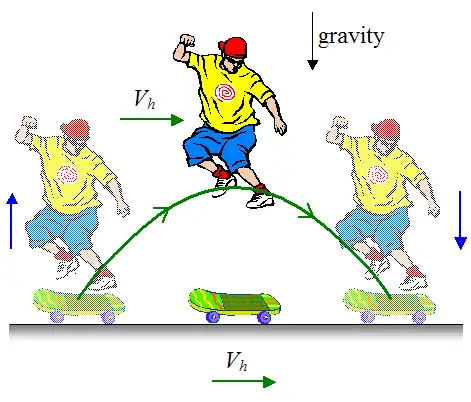Today in class, students began by answering the question would a person in a train land in the same spot, farther forward, or farther backwards if they jumped straight up in the train. The students found that the person would land in the same location. Once they jump up, they still had the horizontal motion that they had with the train, and so they jump up and still move forward with the train. Similarly, if a person jumps up from a moving skateboard, they will still land on it again later.

Afterwards, we graded the Relative Motion and Frame of Reference Worksheet. Students will have similar questions on a quiz Friday, so if you have questions, please let me know! We’ll see a few extra questions throughout the week as well. Finally, students began their first investigation today (except periods 6 and 7). Tomorrow, we’ll be collecting data to see whether our buggies move at a constant speed, or if their speed changes. We’ll also be able to see how fast they are traveling!
HOMEWORK: none. Quiz Friday over the week’s materials

